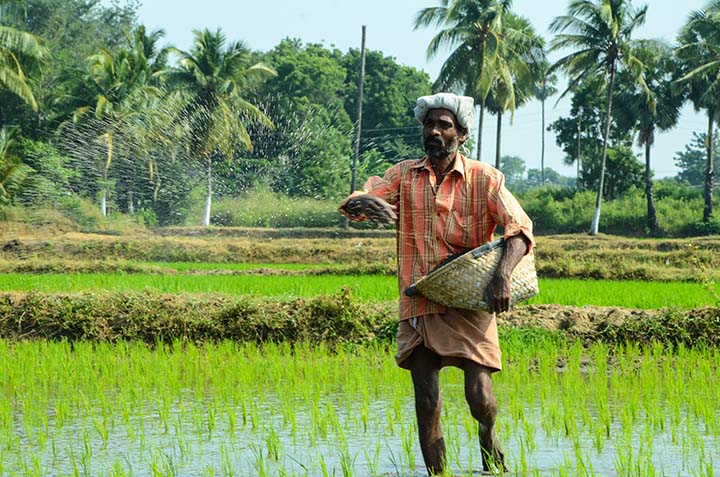Results
Population Day Quiz
Brought to you by Kendriya Vidyalaya Adoor Library
Well done, guest! You deserve a trophy!Reload quiz

Population Day Quiz
Brought to you by Kendriya Vidyalaya Adoor Library
Nice try, guest. Why don't you take the quiz again?Reload quiz

#1. World Population Day is an annual event, observed every year on
The event was established by the Governing Council of the United Nations Development Programme in 1989. It was inspired by the public interest in Five Billion Day on July 11, 1987, the approximate date on which the world’s population reached five billion people. World Population Day aims to increase people’s awareness on various population issues such as the importance of family planning, gender equality, poverty, maternal health and human rights.
#2. The Malthusian Theory, attributed to Thomas Malthus, states that
#3. All of the following have been considered as agricultural milestones that have led to an increase in overall food production, EXCEPT
#4. What is the overall literacy rate of India as per 2011 census?
#5. Next to Delhi, which is the most populated Union Territory in India?
#6. The combined population of Uttar Pradesh and Maharashtra is bigger than that of the
#7. What were to two most populous countries in 1 C.E.?
At the start of the first millennium, approximately 90 million people (over half the world population at the time) resided within the borders of China and India.
#8. Which one of the following is not one of the world’s four largest population concentrations?
#9. During which decade did India see a negative population growth?
#10. What percentage of the world’s people today lives in urban areas?
#11. Which state has the has the lowest population growth rate?
#12. After Census 2011 India become _____ most populous country in the World?
#13. Which is the largest sector for the employment of women worldwide?
#14. In India, what is the percentage growth in literacy during 2001-2011 for females?
#15. At the present rates of population growth of India and China, by which year is India likely to overtake China as the world’s most populous country?

#16. What percentage of the Earth's surface is arable (farmable) land?
About 4 percent of the Earth’s surface is arable. Most of the Earth’s surface is ocean (over 70 percent) and half of the world’s land is uninhabitable. Of the habitable land, most has been developed for human settlements, agriculture, and industry.
#17. Which was NOT a major cause of the population explosion that started with the Industrial Revolution?
#18. Which state in India has the lowest number of females in comparison to males?
#19. Which of these is not considered a “lifestyle disease” that affects life expectancy?
Malaria is a virulent disease spread by infected mosquitoes, primarily in tropical areas of the world. Heart disease, obesity and Type 2 diabetes are associated with the way we live and are affected by diet, inadequate physical exercise, smoking, and excessive use of alcohol.


